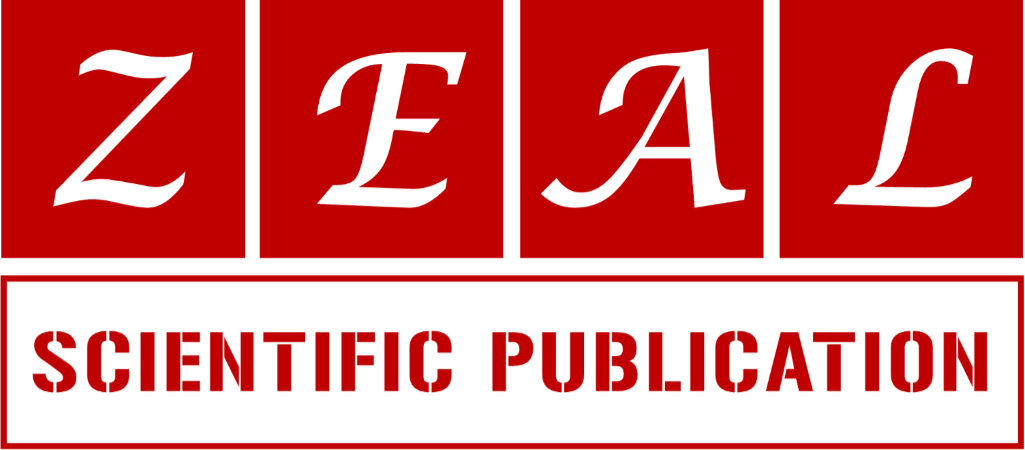Strong biomedical waste management in Ujjain, India under COVID-19 pandemic: Challenges and arrangements with crowd
School of Studies in Environment Management Vikram University, Ujjain, Madhya Pradesh, India.
Review
World Journal of Advanced Pharmaceutical and Medical Research, 2022, 02(01), 008–014.
Article DOI: 10.53346/wjapmr.2022.2.1.0022
Publication history:
Received on 12 January 2022; revised on 24 February 2022; accepted on 26 February 2022
Abstract:
SARS-CoV-2, most generally known as Coronavirus, was arisen first in the Wuhan city of China in the late 2019 and ended up being an exceptional danger to the entire world from that point forward. It has genuinely forced a limitation on living souls in numerous nations and has shown us a better approach for living [1]. Being the second-most crowded country on the planet and one of the forces to be reckoned with in the progression as far as COVID disease, India is looking for outrageous results of this excessive flare-up than numerous different nations comparable. Aside from the wide range of various challenges set forward by the presence of SAR-CoV-2, there is a need of appropriate administration to deal with the various kinds of strong waste particularly Biomedical Waste (BMW) rising up out of various medical care offices, quarantine homes, and focuses, that is showing up in an immense sum each day and the potential difficulties we are confronting while at the same time facing the issue of this waste, that could be a source itself to spread this infectious infection, if not took care of and treated appropriately [2]. In this paper, we have talked about momentarily the powerlessness of the infection because of biomedical waste delivered every day because of relieving tainted patients. We also put across the provokes and the answer for handle this loss in India before it is discarded.
Keywords:
SARS-CoV-2; Coronavirus; COVID-19; Biomedical waste; Color-coded sacks; Infectious; Infection; Powerlessness Domestic Hazardous Waste (BHW)
Full text article in PDF:
Copyright information:
Copyright © 2022 Author(s) retain the copyright of this article. This article is published under the terms of the Creative Commons Attribution Liscense 4.0
